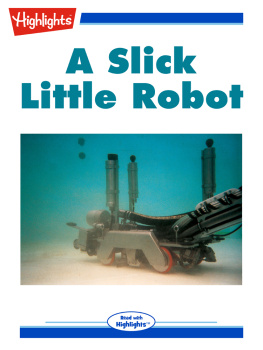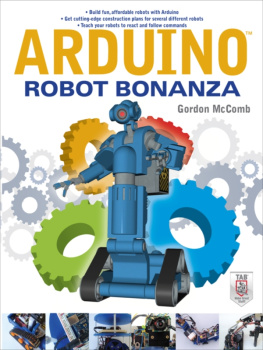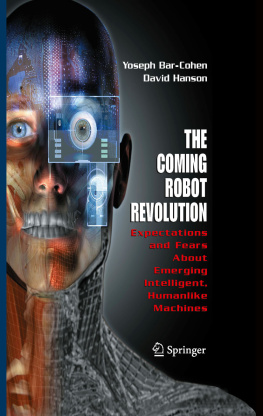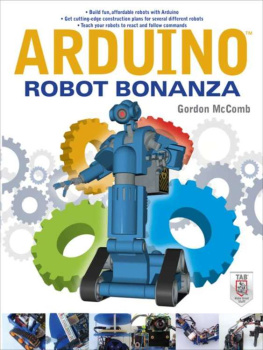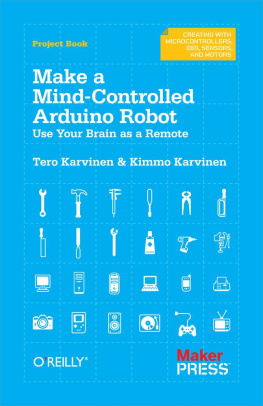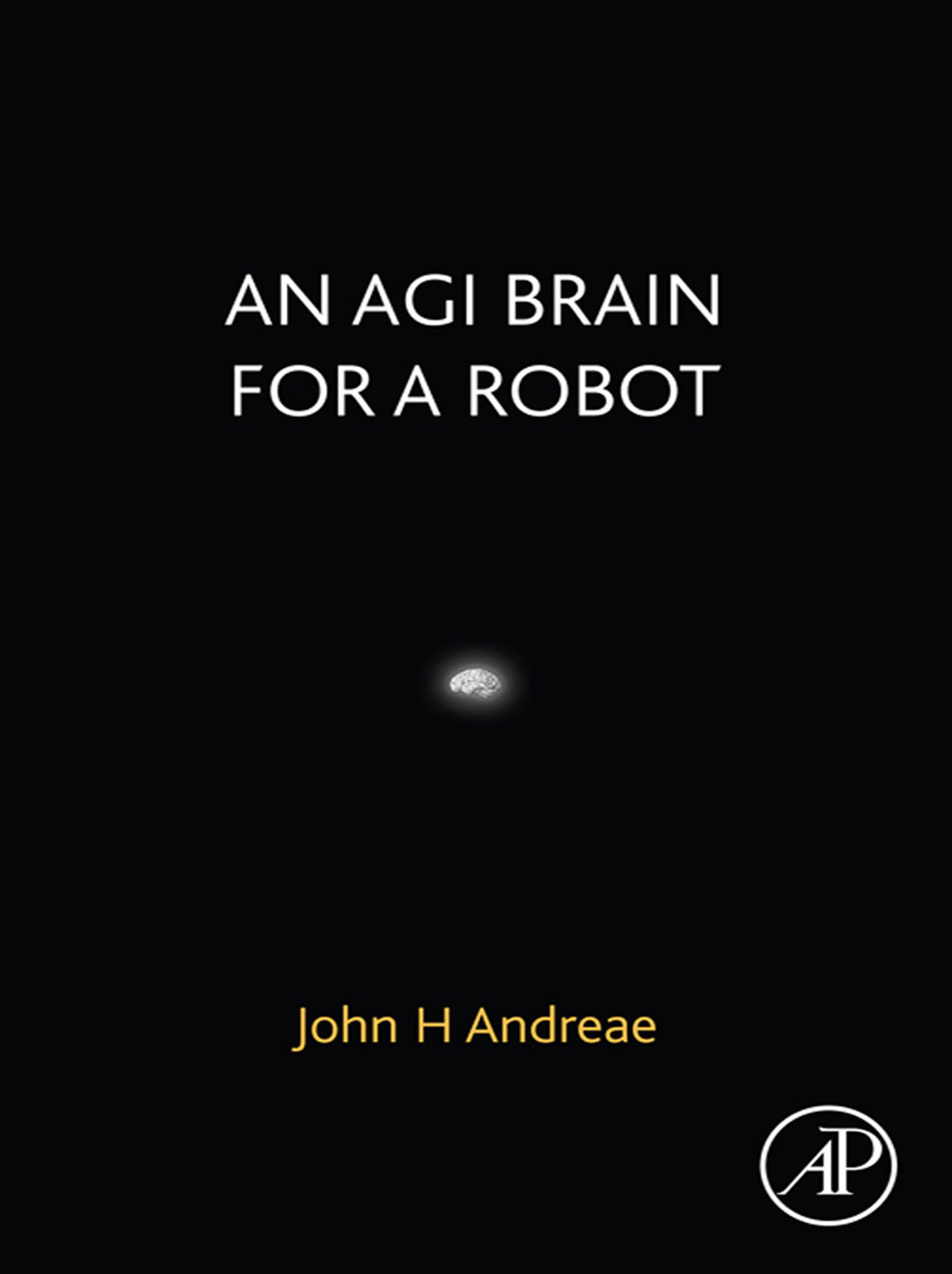John H. Andreae - An AGI Brain for a Robot
Here you can read online John H. Andreae - An AGI Brain for a Robot full text of the book (entire story) in english for free. Download pdf and epub, get meaning, cover and reviews about this ebook. year: 2021, publisher: Academic Press, genre: Computer. Description of the work, (preface) as well as reviews are available. Best literature library LitArk.com created for fans of good reading and offers a wide selection of genres:
Romance novel
Science fiction
Adventure
Detective
Science
History
Home and family
Prose
Art
Politics
Computer
Non-fiction
Religion
Business
Children
Humor
Choose a favorite category and find really read worthwhile books. Enjoy immersion in the world of imagination, feel the emotions of the characters or learn something new for yourself, make an fascinating discovery.

- Book:An AGI Brain for a Robot
- Author:
- Publisher:Academic Press
- Genre:
- Year:2021
- Rating:3 / 5
- Favourites:Add to favourites
- Your mark:
An AGI Brain for a Robot: summary, description and annotation
We offer to read an annotation, description, summary or preface (depends on what the author of the book "An AGI Brain for a Robot" wrote himself). If you haven't found the necessary information about the book — write in the comments, we will try to find it.
An AGI Brain for a Robot is the first and only book to give a detailed account and practical demonstration of an Artificial General Intelligence (AGI). The brain is to be implemented in fast parallel hardware and embodied in the head of a robot moving in the real world. Associative learning is shown to be a powerful technique for novelty seeking, language learning, and planning. This book is for neuroscientists, robot designers, psychologists, philosophers and anyone curious about the evolution of the human brain and its specialized functions.
The overarching message of this book is that an AGI, as the brain of a robot, is within our grasp and would work like our own brains. The featured brain, called PP, is not a computer program. Instead, PP is a collection of networks of associations built from J. A. Fodors modules and the authors groups. The associations are acquired by intimate interaction between PP in its robot body and the real world. Simulations of PP in one of two robots in a simple world demonstrate PP learning from the second robot, which is under human control.
Both Professor Daniel C. Dennett and Professor Michael A. Arbib independently likened the book An AGI Brain for a Robot to Valentino Braitenbergs 1984 book Vehicles: Experiments in Synthetic Psychology. Daniel C. Dennett, Professor of Philosophy and Director of Center for Cognitive Studies, Tufts University. Author of From Bacteria to Bach and Back: The Evolution of Minds.
Michael Arbib, a long time expert in brain modeling, observed that sometimes a small book can catch the interest of readers where a large book can overwhelm and turn them away. He noted, in particular, the success of Valentino Braitenbergs Vehicles (for which he wrote the foreword). At a time of explosive interest in AI, he suggests that PP and its antics may be just the right way to ease a larger audience into thinking about the technicalities of creating general artificial intelligence. Michael A Arbib, Professor Emeritus of Computer Science, Biomedical Engineering, Biological Sciences and Psychology, University of Southern California. Author of How the Brain Got Language.
Robots seem to increasingly invade our lives, to the point that sometimes seems threatening and other-worldly. In this small book, John Andreae shows some of the basic principles of robotics in ways that are entertaining and easily understood, and touch on some of the basic questions of how the mind works. Michael C. Corballis, Professor of Psychology, University of Auckland. Author of The Recursive Mind.
A little book that punches far beyond its weight. Nicholas Humphrey, Emeritus Professor of Psychology, London School of Economics. Author of Soul Dust: The Magic of Consciousness.
A bold and rich approach to one of the major challenges for neuroscience, robotics and philosophy. Who will take up Andreaes challenge and implement his model? Matthew Cobb, Professor of Zoology, University of Manchester. Author of The Idea of the Brain.
Here is a book that could change the direction of research into artificial general intelligence in a very productive and profitable way. It describes a radical new theory of the brain that goes some way towards answering many difficult questions concerning learning, planning, language, and even consciousness. Almost incredibly, the theory is operational, and expressed in a form that couldand shouldinspire future, novel, research in AI that transcends existing paradigms. Ian H. Witten, Professor of Computer Science, Waikato University. Author with Eibe Frank of Data Mining: Practical Machine Learning Tools and Techniques.
John H. Andreae: author's other books
Who wrote An AGI Brain for a Robot? Find out the surname, the name of the author of the book and a list of all author's works by series.

